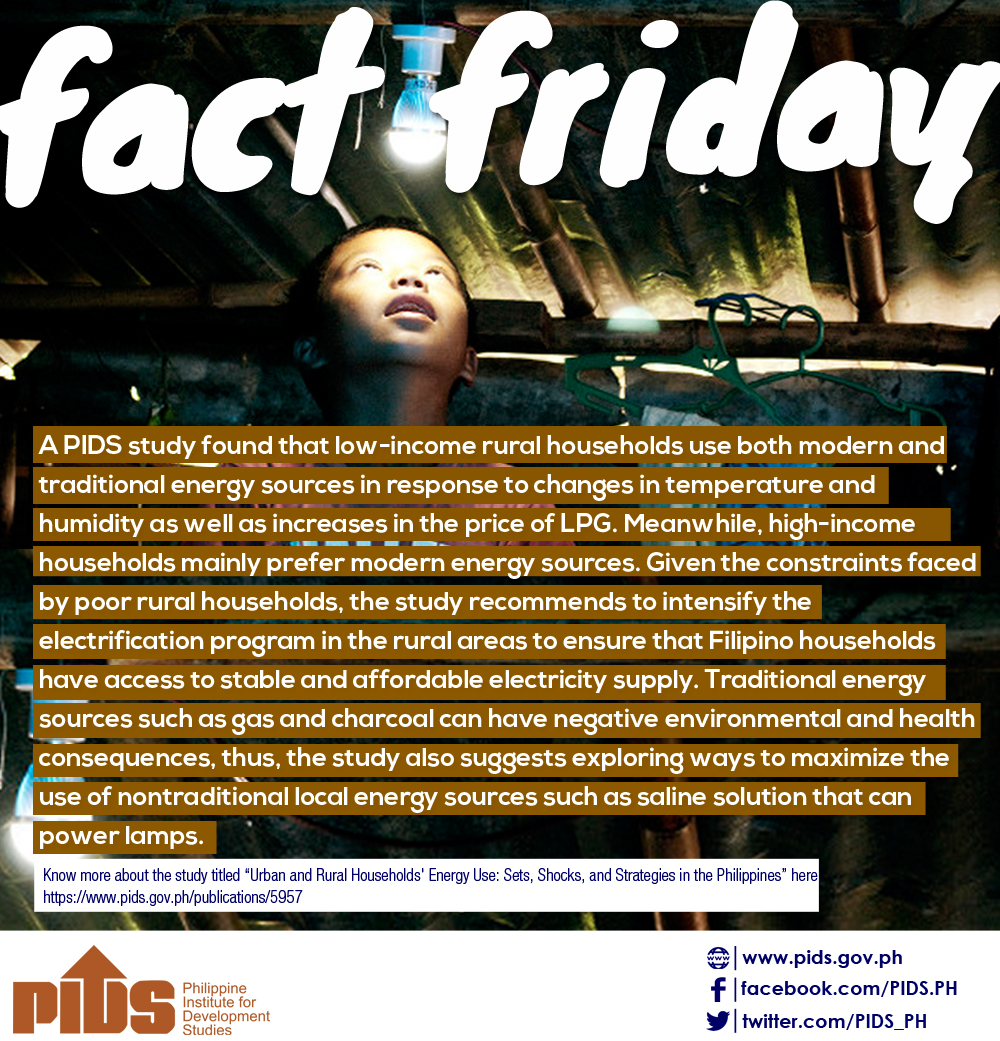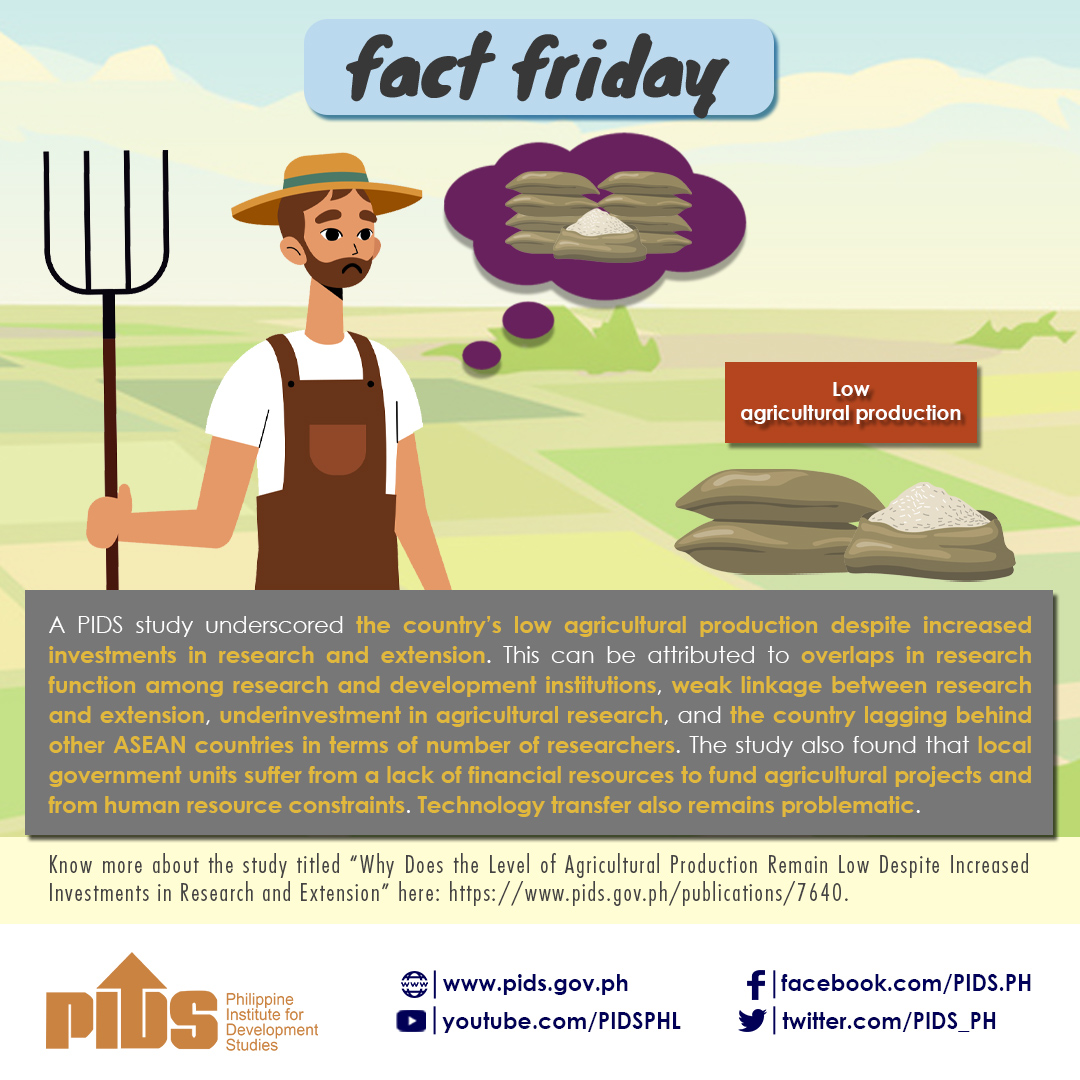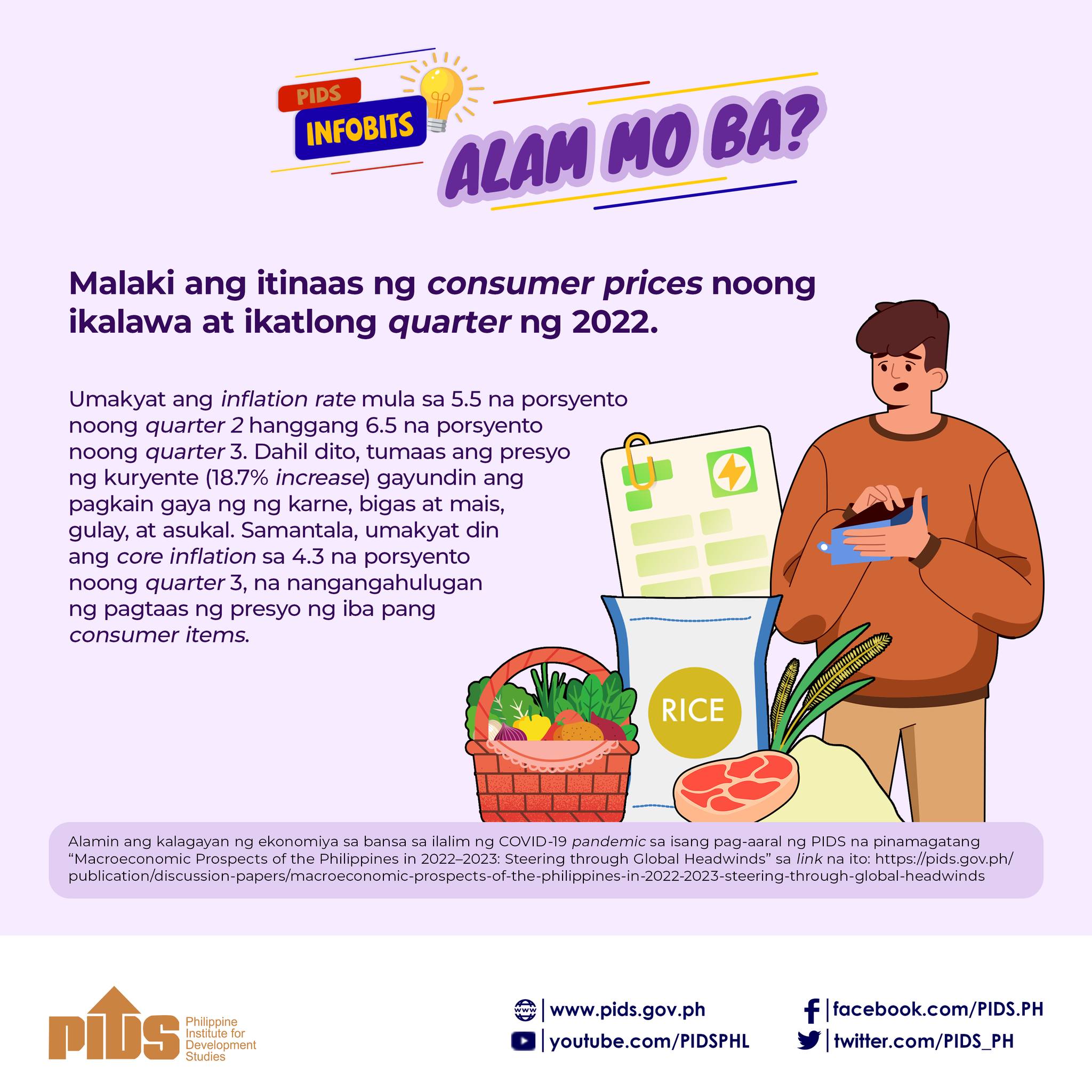AMBULANT vendors selling vegetables, fruits and other commodities may have helped keep inflation low and stable in September, according to local analysts and economists.
On Tuesday, the Philippine Statistics Authority (PSA) disclosed that inflation slowed to 2.3 percent in September, the slowest since May when inflation was at 2.1 percent.
Inflation was at 2.4 percent in August and 0.9 percent in September 2019. Inflation between January and September averaged 2.5 percent this year.
“Definitely [ambulant vendors play a role in keeping prices low and stable]. They can serve as effective conduits of food supply, particularly for poorer households,” University of Asia and the Pacific Dean Cid Terosa told the BusinessMirror.
Philippine Institute for Development Studies (PIDS) Senior Research Fellow Jose Ramon G. Albert told this newspaper that inflation has so far been low and stable.
Albert said the only difference now is that Filipinos are not buying as much food and non-food items as they used to before the pandemic.
He said customers including himself would now buy from ambulant vendors who roam villages and streets to sell their wares. Some of these sellers would peddle goods that can be bought at lower prices than groceries.
“Informal sellers can help control [the possibility of] having huge spikes in prices of most food items,” Albert said. “Why would I buy oranges at P70 per piece—it went to P80 even at [name of grocery store]—if I can buy 3 for P100 with the maglalako [ambulant vendor]?,” Albert said.
BPI Lead Economist Emilio S. Neri Jr. said, however, that there could be some vendors who would charge higher than groceries.
Neri said many informal sellers would source their supply from groceries and would offer deliveries to justify giving their wares a higher price tag.
However, the sales of vendors are not inputted in the inflation data, according to the PSA. National Statistician Claire Dennis S. Mapa told BusinessMirror that only fixed outlets in markets are included in their data collection.
“I was informed by the price division that only fixed outlets in markets are part of the sample. The mobile ones are not part of the outlets for the price collection,” he said.
Mapa said vegetables, meat as well as milk, cheese and eggs were among the biggest contributors to inflation in September 2020.
Data showed vegetables saw prices contract 2.7 percent in September; the increase in meat prices slowed to 2.9 percent; and milk, cheese and eggs, slowed to 2.4 percent.
For the food inflation at the country level, it continued to decelerate to 1.5 percent during the month, from 1.7 percent in August 2020. In September 2019, food inflation was posted at -1.3 percent.
By food group, the indices for rice and corn both exhibited an annual decrease of -0.6 percent during the month. Likewise, the index for vegetables fell further to -2.7 percent during the period.
Inflation for the poor
The PSA said inflation for the poorest 30 percent of the population remained higher than the headline inflation rate for all households. This, Mapa said, has been the case since April this year.
While inflation for all households averaged 2.3 percent in September, inflation for the poorest households reached 2.8 percent in the same month. The increase in commodity prices seen by the poorest Filipinos averaged 2.6 percent between January and September this year.
Mapa said inflation for the bottom 30 percent was at 2.9 percent in April, higher than the inflation rate for all households at 2.2 percent. This trend continued until September this year.
“If you note our past inflation reports, there were months when the food [items] posted higher [prices]. Food inflation, as I’ve mentioned, had higher weights in the bottom 30 percent, around 58 percent. So if there are spikes in our food basket, that will lead to higher inflation for the bottom 30 percent,” Mapa said.
However, in September, Mapa said the slowdown in food prices failed to offset the impact of higher housing, water, electricity and gas prices as well as transportation costs on the inflation experienced by the poorest households.
Transport was particularly high in September. In Metro Manila alone, Mapa said, tricycle fares averaged P18.6 in September 2020, a 119-percent increase from the average of P8.50 in September 2019.
Apart from this, ING Bank Manila Senior Economist Nicholas Antonio T. Mapa said in an e-mail that the spike in inflation for the poorest was due to base effects.
With this, he said, the government needs to provide safeguards for vulnerable sectors of society, especially since they also “face a very daunting and challenging labor market.”
“I think the disparity is due to falling prices of nonessentials which are heavy in the basket of the rich. Price of essentials which the poor spend on have been either steady or rising,” Neri added.
PSA’s Mapa and Terosa also expressed concern that given the trend, the country’s poor will likely suffer from higher inflation in the coming months.
Terosa said the higher inflation experienced by the poorest households is also linked to the decline in their incomes caused by joblessness. This will lead to an uphill battle to meet the country’s poverty targets this year.
Urban areas
Earlier, Acting Socioeconomic Planning Secretary Karl Kendrick T. Chua said the pandemic has significantly affected urban areas such as Metro Manila and Cebu because of the higher number of Covid-19 cases in these areas.
These economic centers experienced longer lockdowns which prevented millions from working and causing them to slip back or fall deeper into poverty.
“Income inequality is expected to rise given the faster loss of market income among poor households and their inability to cushion the impact of the pandemic on their economic well-being,” Terosa said.
September prices
In September and in the past three months, inflation in NCR remained at 2.2 percent. In September 2019, inflation settled to 0.9 percent.
The annual rate of the index for housing, water, electricity, gas and other fuels picked up to 0.6 percent during the month, from -0.2 percent annual decrease in the previous month.
Moreover, higher annual increases were seen in the indices of clothing and footwear (1.2 percent), communication (0.2 percent), and education (0.6 percent)
Inflation in AONCR followed the national trend as it slowed further to 2.4 percent in September 2020, from 2.5 percent in the previous month. In September 2019, inflation in the area was recorded at 0.9 percent.
The index of recreation and culture continued its downtrend at an annual rate of -0.7 percent in September 2020; so did Food and nonalcoholic beverages, 1.6 percent; Alcoholic beverages and tobacco, 13.3 percent; Clothing and footwear, 2 percent; and Furnishing, household equipment and routine maintenance of the house, 3.2 percent.
Core inflation, which excludes selected food and energy items, inched up to 3.2 percent in September 2020, from 3.1 percent in the previous month. Core inflation in September 2019 was registered at 2.7 percent.









